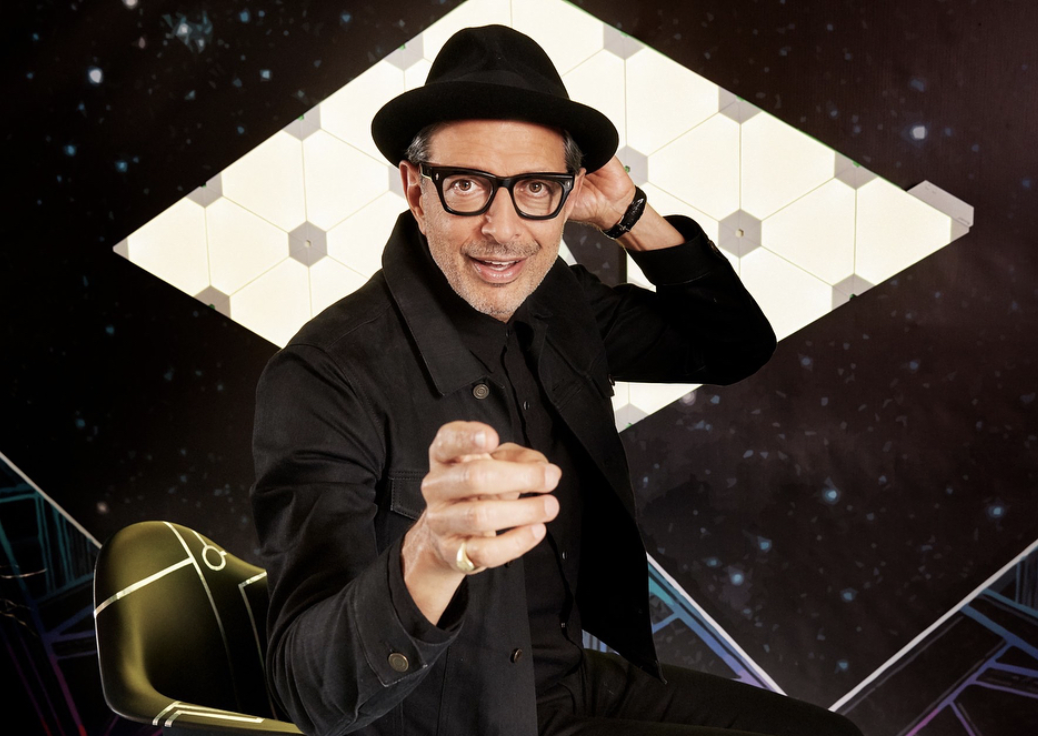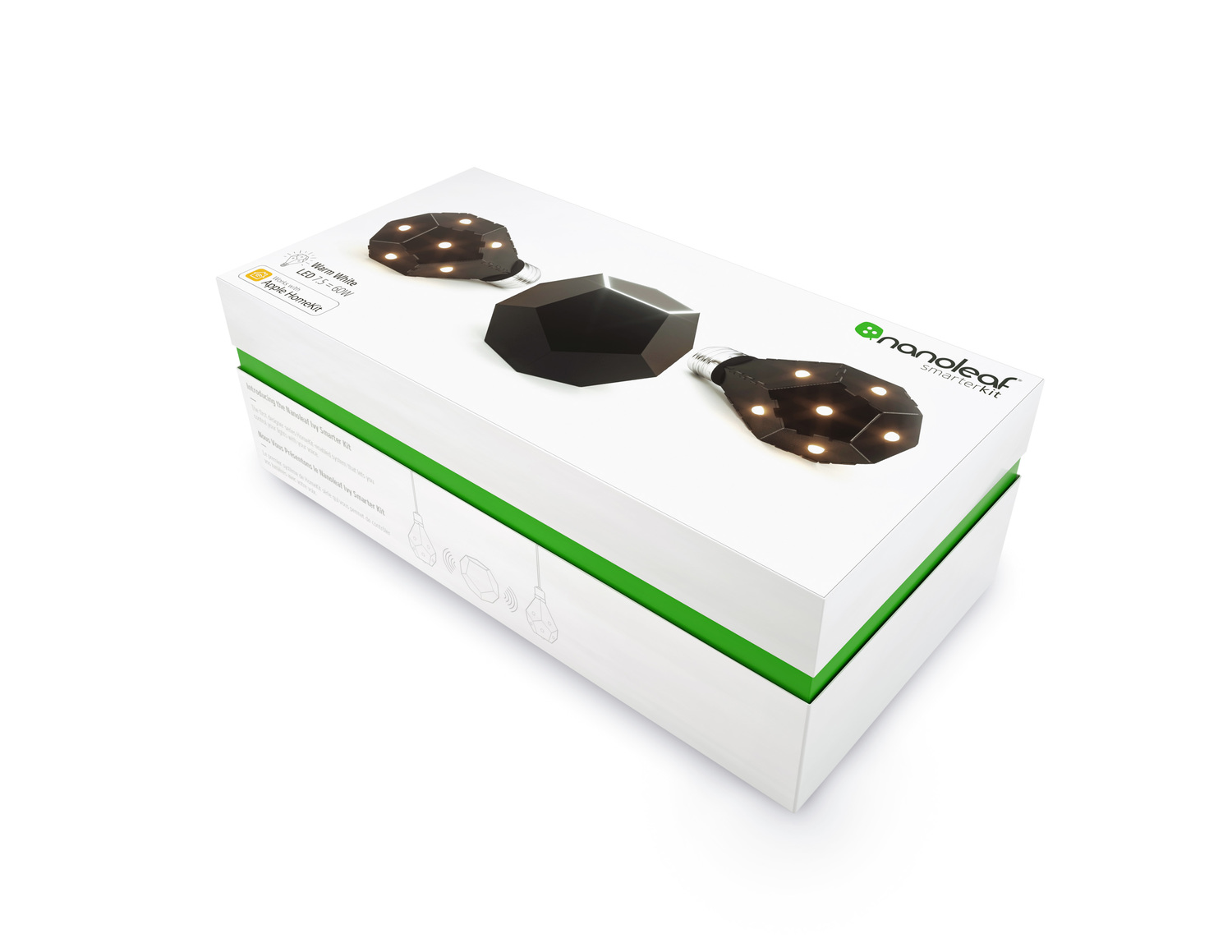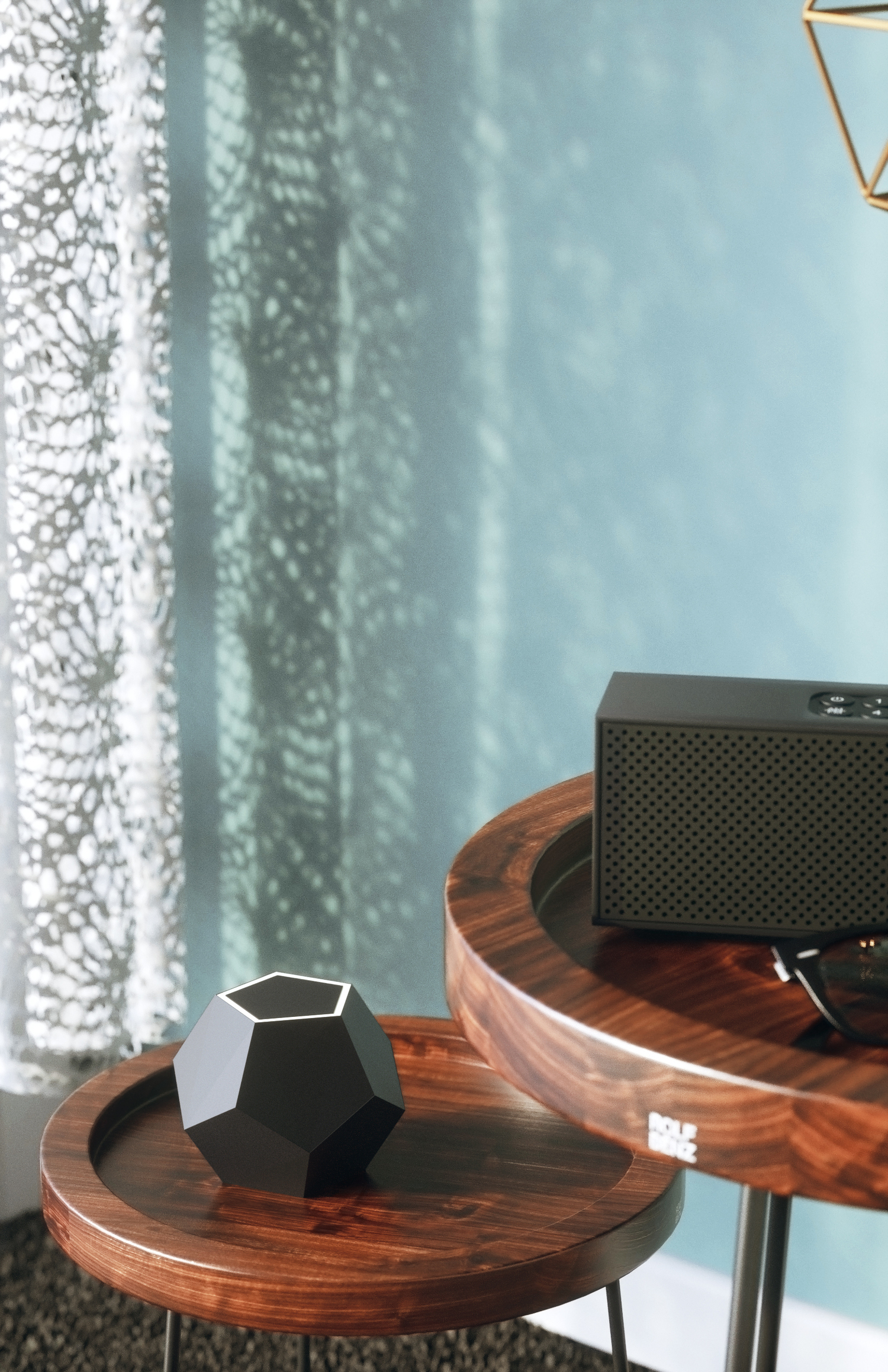Nanoleaf
“What is the future of light?”
Company - Nanoleaf
MY ROLE - Industrial Design & Design Leadership
TEAM - Myself, and 2 Graphic Designers
Aurora
It’s not easy breaking into a highly competitive market with such big leaders. That’s when we started literally thinking outside the box. What was everybody else not thinking about?
After conducting a deep competitive analysis on the LED Market, We realized that we had to think beyond existing products in order to survive. We had to think a few steps ahead of everyone else in the market and innovate new concepts. This was the birth of Aurora’s design process.
All the Animations were designed by me and my team. The Music and Sound-mixing was done by my self.
Result: A brand new lighting experience
How to define Simplicity
Simplicity: There’s a dot. You connect it to another and it becomes a line. Connect them to on more and you get a shape. The simplest shape there is. A triangle. Triangles could be then combined together to make more complex shapes Creating triangular panels of light that connect to one another from every angle gives the power of design to the user. To create any shape out of them with any design and idea they have in mind.
Ability to do more: Combine the sences
Two main challenges
The disbursement of light on triangular panels along with the clarity of light that spreads from the panels to show true color in the most cost efficient way.
The ultimate user experience. Any experience the user had regarding the product. From the app to the product and to the way it made them feel.
Prototyping
After discovering & defining the need and clarifying the vacuum in the lighting market, We started sketching ideas, and playing around with different technologies. I knew that the shape had to be simple to be modular, and the simplest shape in 2 dimensions is a Δ. We also knew based on my research what my user’s budget was, so we could not use expensive technology such as OLEDs.
Give the power of design to the user
Here are just a few examples of how Aurora is being used today beyond my imagination. From early on, I did not want to take anything away from the user experience, even the creative journey. Click here to see more.
The less I saw my self as “the designer” the more our user could do.
The App
“UX is everything the user experiences”
The design of the app had to create a seamless experience between the product and the user.
77% of users have never created a colour palette, practical lighting was ranked as less important, 50.5% of users wanted advanced features to be separated by screens, over 47.4% preferred a basic/advanced toggle.
Wire-framing
We used a step by step approach to educate the user in creating colour Scenes without overwhelming them with options. We created a dashboard with easy access to Scenes, power button and one colour fill.
Design
Create, share, preview, and download ideas.
There’s an entire community of creators and music enthusiasts dreaming up new Scenes. Be one of them and share your Light Panels and Rhythm Scenes, or preview and download Scenes shared by others.










































